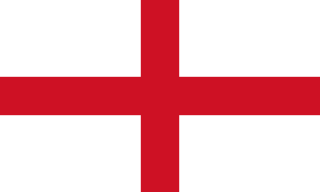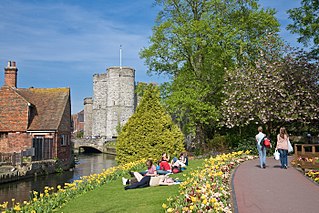
Johannes Ockeghem was the most famous composer of the Franco-Flemish School in the last half of the 15th century, and is often considered the most influential composer between Guillaume Dufay and Josquin des Prez. In addition to being a renowned composer, he was also an honored singer, choirmaster, and teacher.

Guillaume Du Fay was a Franco-Flemish composer of the early Renaissance. A central figure in the Burgundian School, he was regarded by his contemporaries as one of the leading composers in Europe in the mid-15th century. His uniquely contrapuntal and complex motet "Nuper rosarum flores" demonstrates the influential exchange of musical ideas among artists around the world during the early Renaissance period.
Antoine Brumel was a French composer. He was one of the first renowned French members of the Franco-Flemish school of the Renaissance, and, after Josquin des Prez, was one of the most influential composers of his generation.

Cristóbal de Morales was a Spanish composer of the Renaissance. He is generally considered to be the most influential Spanish composer before Tomás Luis de Victoria.
Robert de Févin was a French composer of the Renaissance. He was the brother of Antoine de Févin, a considerably more famous composer at the court of Louis XII of France. Whether he was older or younger than Antoine is not known.
Jean Mouton was a French composer of the Renaissance. He was famous both for his motets, which are among the most refined of the time, and for being the teacher of Adrian Willaert, one of the founders of the Venetian School.
Pierre Moulu was a Franco-Flemish composer of the Renaissance who was active in France, probably in Paris.
Francisco de Peñalosa was a Spanish composer of the middle Renaissance.
Arnold de Lantins was a Netherlandish composer of the late medieval and early Renaissance eras. He is one of a few composers who shows aspects of both medieval and Renaissance style, and was a contemporary of Dufay during Dufay's sojourn in Italy.
Pedro de Escobar, a.k.a. Pedro do Porto, was a Portuguese composer of the Renaissance, mostly active in Spain. He was one of the earliest and most skilled composers of polyphony in the Iberian Peninsula, whose music has survived.
Nicolas Grenon was a French composer of the early Renaissance. He wrote in all the prevailing musical forms of the time, and was a rare case of a long-lived composer who learned his craft in the late 14th century but primarily practiced during the era during which the Renaissance styles were forming.
Johannes Regis was a Netherlandish composer of the Renaissance. He was a well-known composer at the close of the 15th century, was a principal contributor to the Chigi Codex, and was secretary to Guillaume Dufay.
Johannes Cesaris was a French composer of the late Medieval era and early Renaissance. He was one of the composers of the transitional style between the two epochs, and was active at the Burgundian court in the early 15th century.
Philippe Basiron was a French composer, singer, and organist of the Renaissance. He was an innovative and prominent composer of the late 15th century, and was praised by many of his contemporaries.
Johannes Pullois was a Franco-Flemish composer of the Renaissance, active in both the Low Countries and Italy. He was one of the early generation of composers to carry the Franco-Flemish polyphonic style from its home region in the Netherlands to Italy.
In Renaissance music, the cyclic mass was a setting of the Ordinary of the Roman Catholic Mass, in which each of the movements – Kyrie, Gloria, Credo, Sanctus, and Agnus Dei – shared a common musical theme, commonly a cantus firmus, thus making it a unified whole. The cyclic mass was the first multi-movement form in western music to be subject to a single organizing principle.

A paraphrase mass is a musical setting of the Ordinary of the Mass that uses as its basis an elaborated version of a cantus firmus, typically chosen from plainsong or some other sacred source. It was a common means of mass composition from the late 15th century until the end of the 16th century, during the Renaissance period in music history, and was most frequently used by composers in the parts of western Europe which remained under the direct control of the Roman Catholic Church. It is distinguished from the other types of mass composition, including cantus-firmus, parody, canon, soggetto cavato, free composition, and mixtures of these techniques.













